Continuous research
The best time to plant a tree was 10 years ago. The second best time is now. The same thing is true for research.

When working in a continuous development space it's relatively easy to implement a continuous research programme.
- Instead of worrying about the fact that research wasn’t done. We do research every month.
- Our research focus changes over the life cycle of work.
- Open-ended research - like open ended user interviews, structured user interviews, card sorts and participatory design sessions are part of conceptual design. It feeds forward to the solution and help us understand the problem and solution space.
- We do validation testing, showing InVision or XD prototypes, to customer to get feedback on the features and desirability of designs.
- We do usability testing on alpha, beta or production code for mWeb, desktop, IOS and Android
- The combination of test metrics per phase and multiple sessions per theme means our confidence in our findings firms up over time.
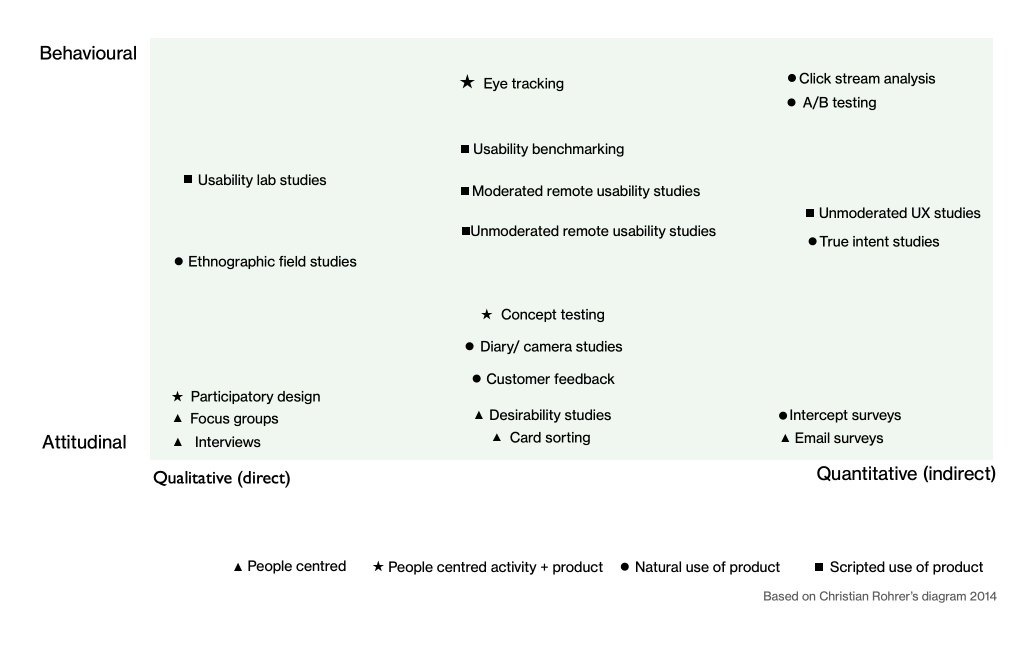
Research cover
In my view, quantative research is closer to the product manager's perspective. It hooks into their KPIs. Looking at analytics help all of us understand what people are doing.
Qualitative research live with the experience design team. It helps us understand How and Why people are doing things.
Are you doing formative and summative research?
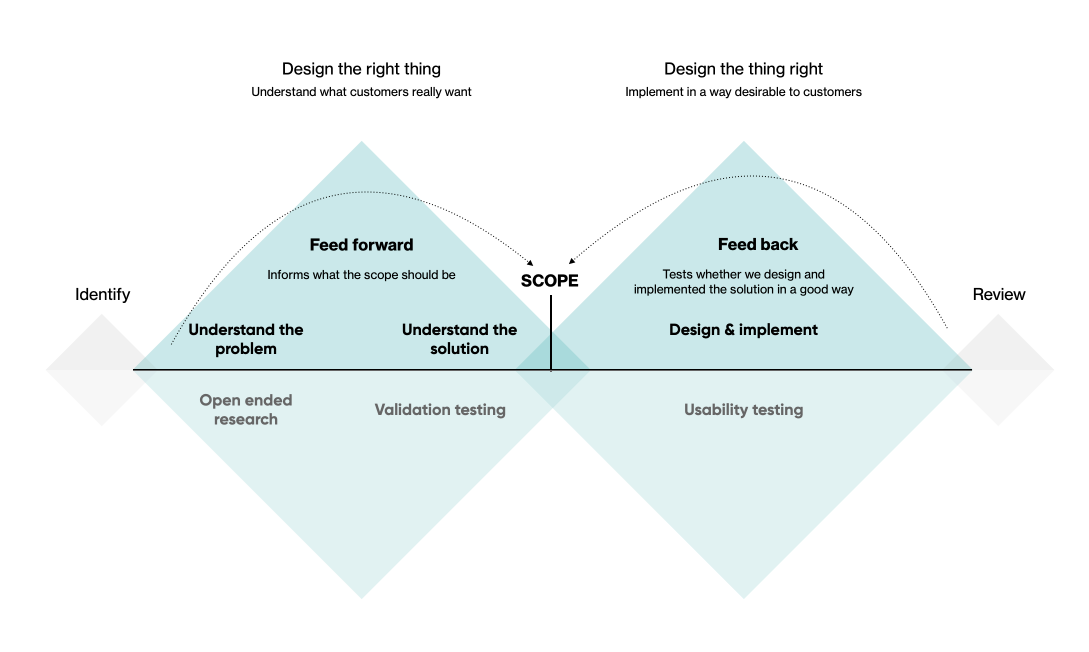
Product cover
Map out your ecosystem, platforms and areas of your system.
In example, for Superbalist, we would look the different areas of the app, sign in/up, find, shop, pay and fulfilling orders. People also use desktop, mWeb, Android and IOS as channels. You have to make sure all areas and channels of your system is testing.
Research should be representative
You should document demographics as part of each interaction, that allows you to report on whether your research is representative of your product audience, but it should also be representative of the country you live in.
Make sure you have start each session with a set of questions, that will give you statistically relevant sampling over time -- and give insight on the key aspects of your system and the people using it. You should have at least one callibrating question - to help you do analysis.
For instance, when running the transactional banking team, one of the questions were to get people to self-assess how much they know about technology and banking. While conducting research we could then see if people are over or under confident in ther ability. It's the same reason I like to include job title, it gives us insight where people are coming from
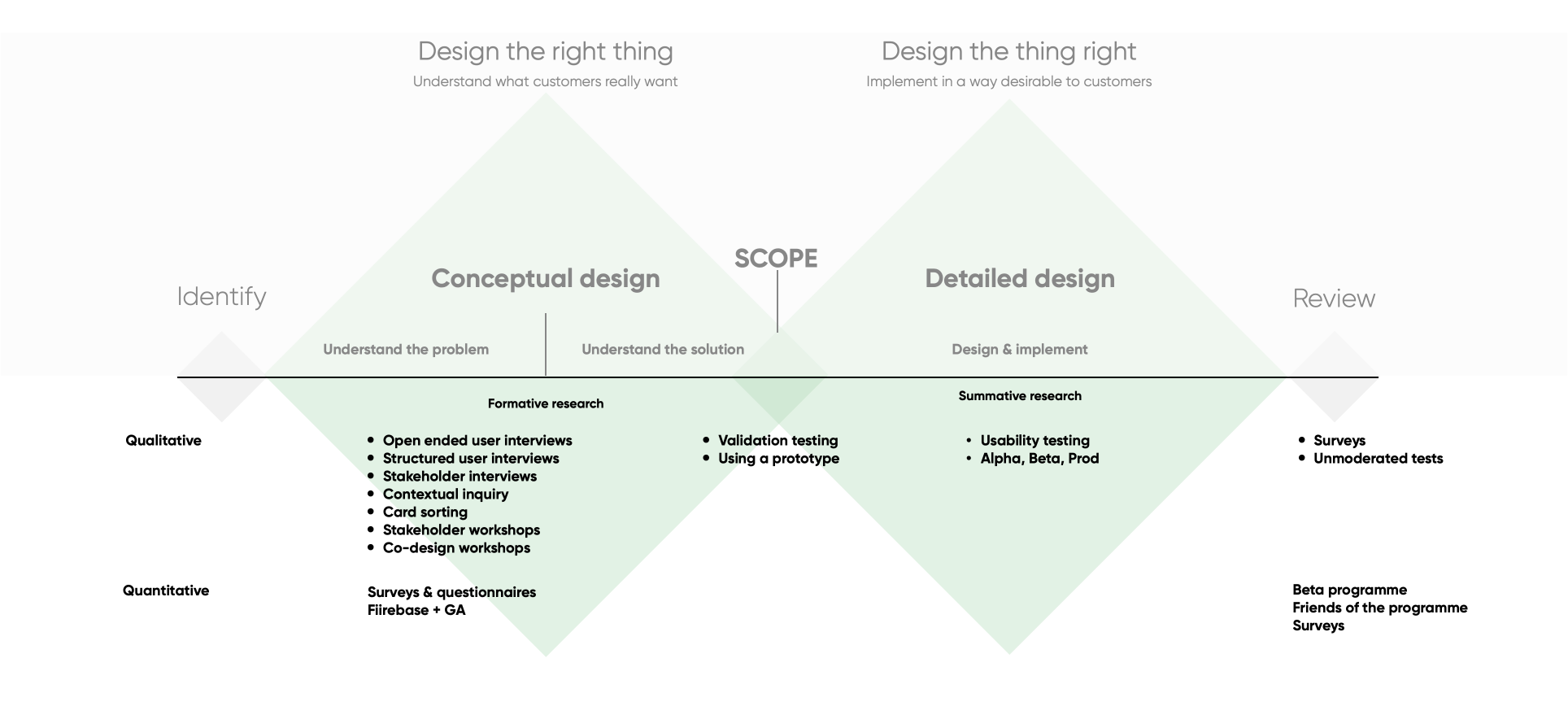
Team
As part of your design team's growth discussions you make sure that researchers and UX designers have specific number of qualitative research sessions set up every month. Tie that to their performance reviews.
As part of the research programme make sure that you track what type of research each person conducts and who observes with them. It also means you can open up research growth plans for your UX and research teams. For instance, get them to do contextual inquiry or stakeholder interviews if that's not something they've had exposure to.
Also make sure that you upskill your UI designers to be able to conduct validation testing with customers.
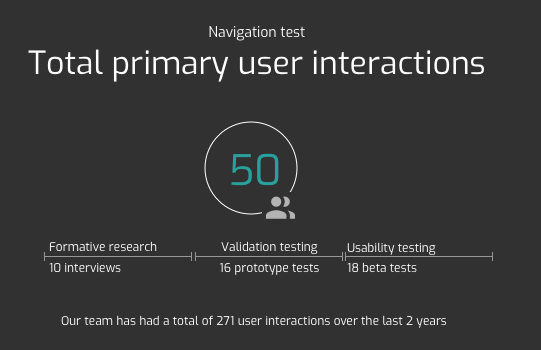
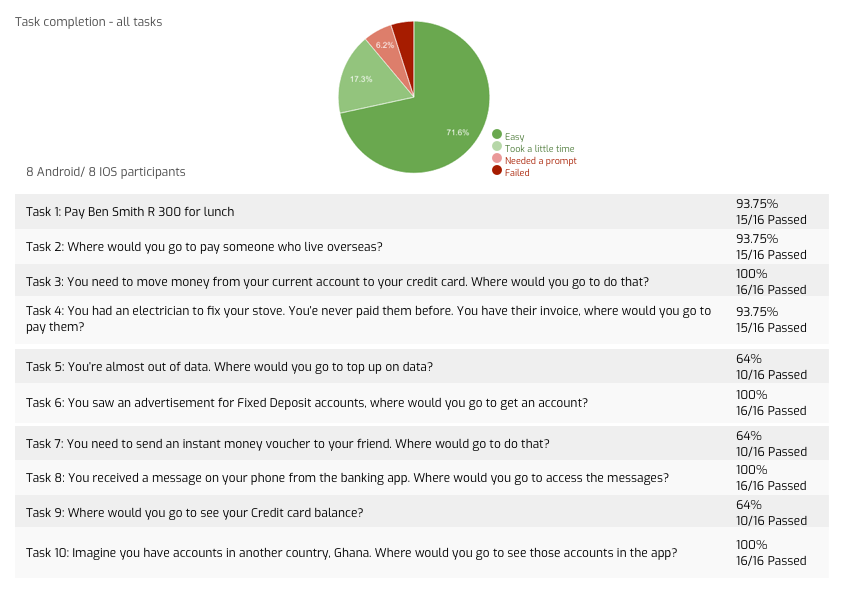
Research methodology
In addition to documenting moderation, shared agreement of documenting research, privacy and legal compliance - also make sure your teams are looking for new ways to learn more about customers.
For instance, whenever I work in a new vertical I do a contextual inquiry. Visiting a bank to hear what people are doing there and their frustrations are very helpful. This was particularly helpful with Superbalist, to try and understand how people interact with products.
Work
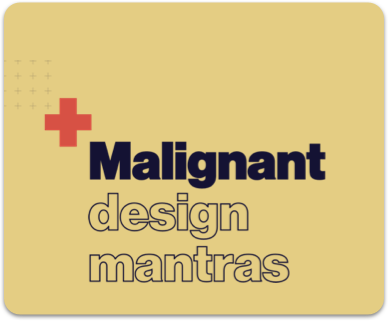
Malignant design mantrasWhen your favourite heuristic makes your design worse - instead of better
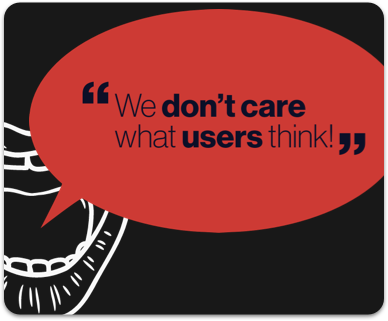
Make friends for moneyA talk on helping designers and engineers work better together. By thinking about money more.

Reductionist wisdomA dissection on what people think about when you show your design solutions to them
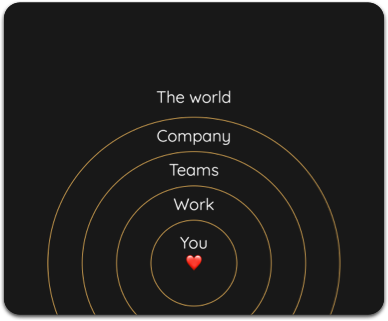
Lockdown leadership lessonsMy experiences and some tips on starting a new head of UX role under lockdown.
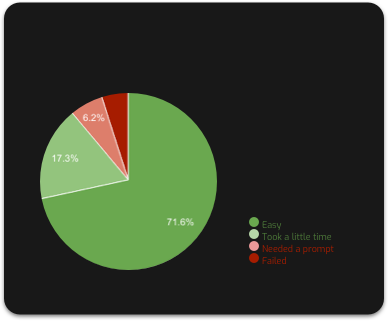
Set a continuous research programmeDesign leadership
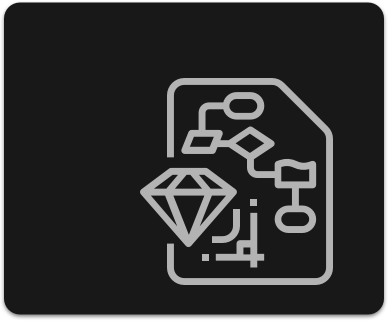
Design processDesign leadership, process
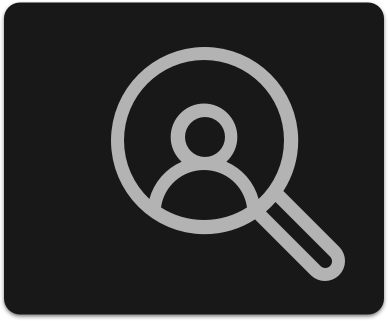
Hiring designersDesign leadership
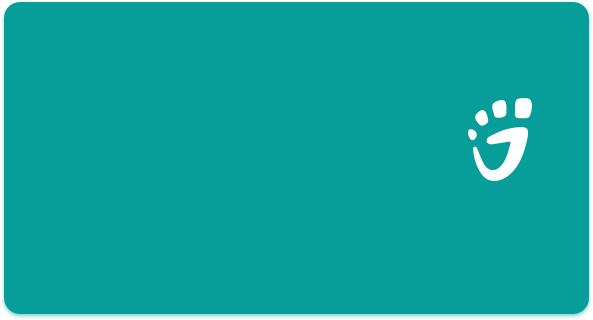
Go humanI'm looking at how designers can use their skills to help with the planet emergency.
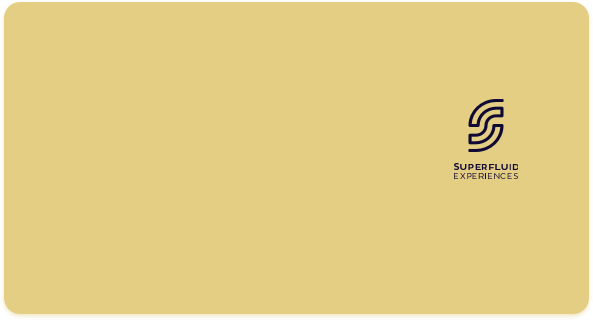
Superfluid experiencesMy Experience design company - I'm working on tools to help designers & small businesses. It should be easy to do things.
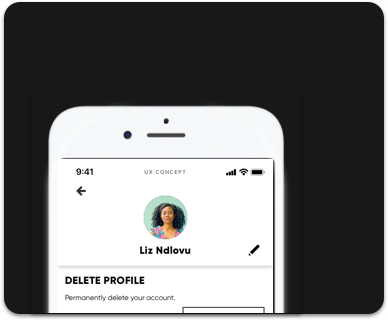
POPIConceptual design & leadership

Studio managementService design
